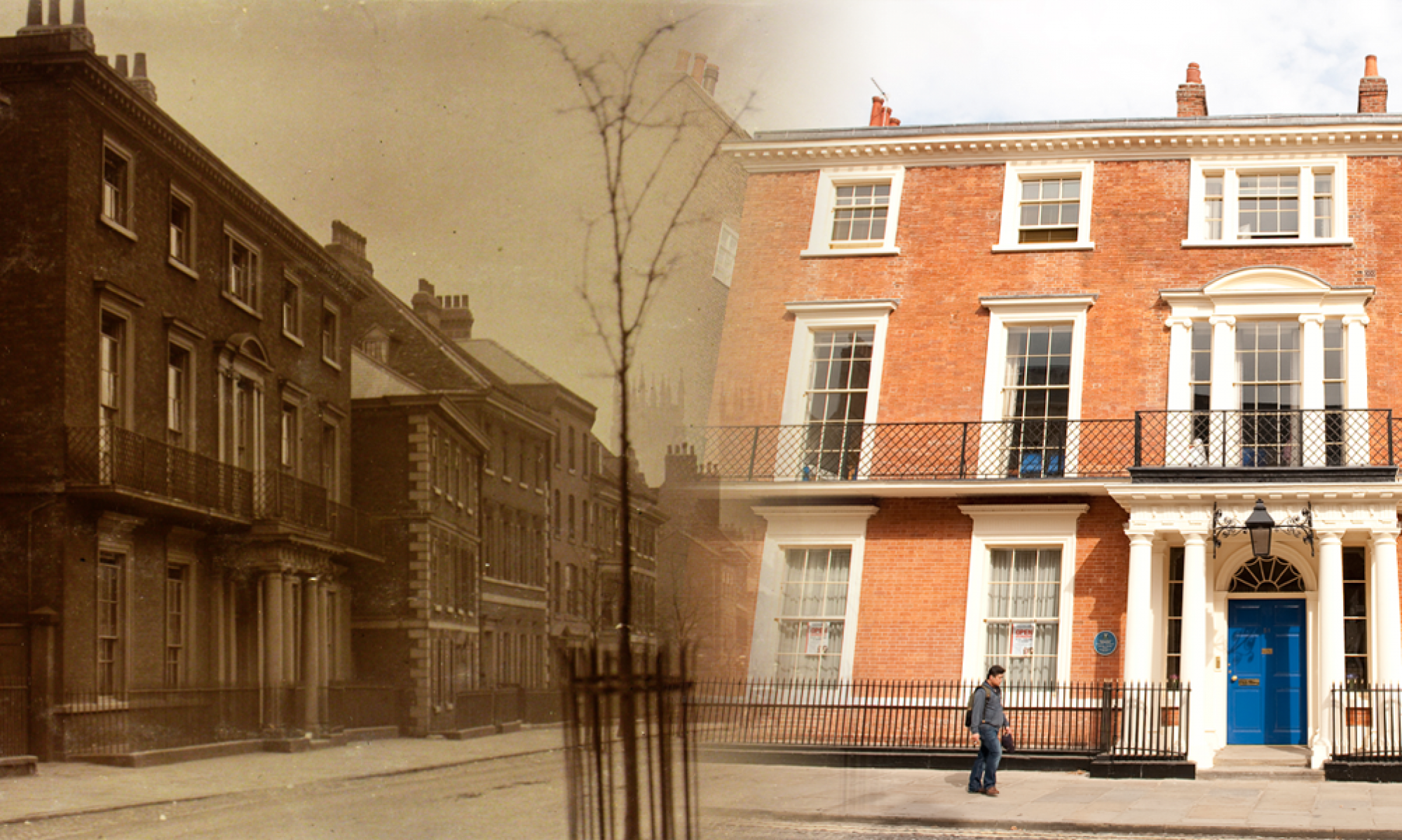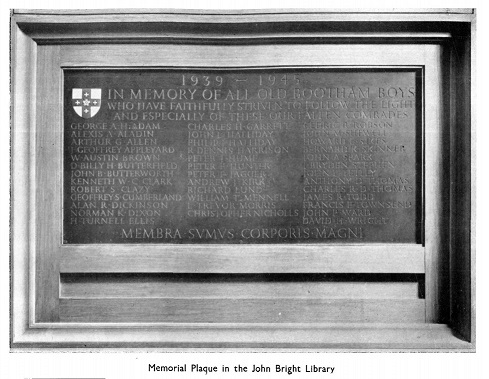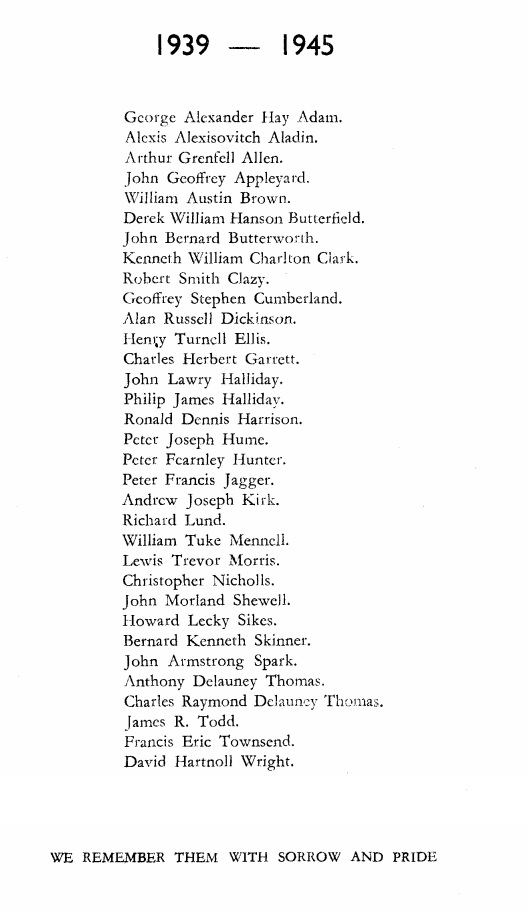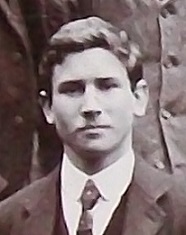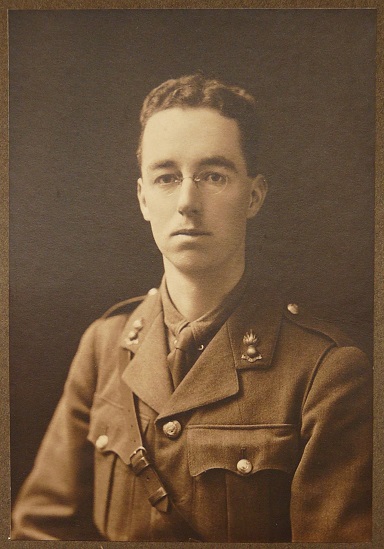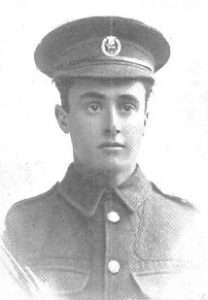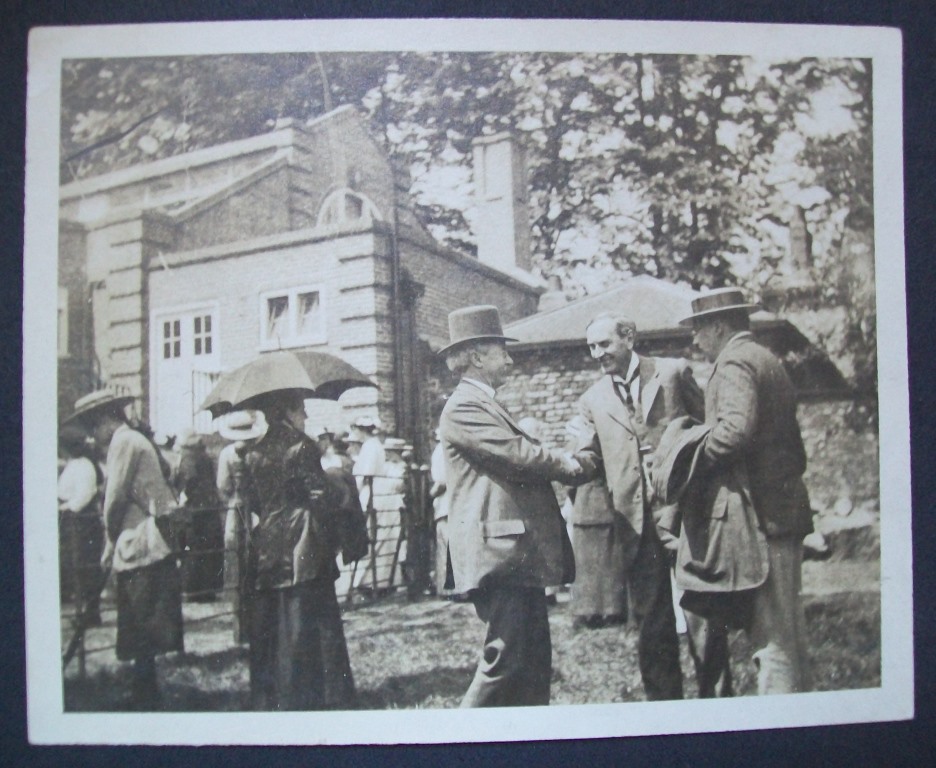This weekend should have been the Old Scholars Reunion at Bootham School. It is with great sadness that the reunion has had to be cancelled again this spring, due to Covid-19.
There have been Old Scholars annual reunions for well over a century now. The Old Scholars Association was formed in 1879 and the first gathering of members, at Whitsuntide, was held the following year.
In the July 1942 issue of the school magazine, “Bootham”, Roger Clark wrote of his “Memories of Whit”:
“1889 was my first Whitsuntide as an Old Scholar—and, of course there is nothing afterwards quite to compare with the glamour of the first year or two of going back—while you are still something of a hero to the small boys who were at school with you—while the Masters who taught you (” The men who tanned the (metaphorical) hide of us “) are still there, still kindly interested to see how the seed they tried to plant and nourish is coming to fruition—while your own contemporaries—your closest friends—are still coming back and looking to renew the old affection.”
In the November 1912 issue of “Bootham”, Robert O. Mennell wrote in his “Report of the Old Scholars’ Gathering, 1912.”:
“Looking back, it was no mere sense of holiday glow that we brought away with us, but, as Edmund Gower truly said, ” a very deep impression of the genuine and inspiring nature of such an Old Scholars’ gathering.”
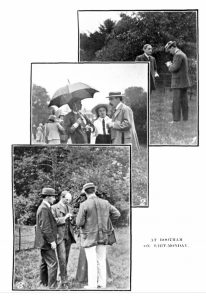
Even though meeting up was more difficult during wartime, some gatherings still took place. For example, in 1915, the usual reunion in York could not happen, but members of the Association met in London.
“Old York Scholars’ Association. Thirty-Seventh Annual Meeting, Held in the Castle Assembly Rooms, Richmond-on-Thames, Saturday, May 22nd, 1915. T. Edmund Harvey, M.P., presiding.
After the singing of Alma Mater T. Edmund Harvey, who had returned specially from France to preside at the meeting, said :
I think all of us feel, and we are glad to feel, that our annual gathering is something infinitely more than a social function; it is a time of inspiration and of fellowship, where friends meet together to help each other, to share in the sense of comradeship and of unity and to get inspiration from the ideals that have been lit for us in our youth in the two schools.” *
(* two schools: Bootham School and The Mount)
The March 1917 issue of “Bootham” reports:
“In view of the increased difficulties of holding the annual Whitsuntide gathering it is proposed that the cricket match as arranged by W. B. Barber shall take place as usual, and Old Boys in the neighbourhood who can come shall be encouraged to spend Whit Monday in York. It is hoped that (subject to the agreement of the Mount Old Scholars’ Association) there may be a small reunion of Old Scholars in the neighbourhood of London, possibly ‘at Jordans, if available, on the afternoon of Saturday, May 26th (during Yearly Meeting), when a minimum of necessary business shall be transacted and a quiet afternoon spent together in the country.”
and the May 1918 issue:
“On Tuesday, January 22nd, at a joint meeting of the Committees of the O.Y.S.A. and Mount Old Scholars’ Association held at Bootham School careful thought was given to the holding of the Whitsuntide gathering this year. The difficulties are greater than before, and after long consideration it was agreed not to meet this time in York. W. B. Barber expects to bring his cricket team to Bootham as usual, and it was decided to arrange for a reunion at Jordans on the Saturday afternoon following Whitsuntide (May 25th) of those who live in the neighbourhood of London or are attending the Yearly Meeting. It is not likely that food can be provided. A joint meeting will be held in the afternoon, as last year, but in view of our being out of York, and only meeting in small numbers, we decided not to bring forward important matters of business involving the expenditure of large funds.”
There is a report of the 1918 York meeting in the July 1918 issue of “Bootham”:
“Old York Scholars’ Association. Whitsuntide, 1918: York.
Everything else may change, but we are still members of the same great company, and nothing helps us to realise this more than these few days spent in the old familiar surroundings with the friends and contemporaries of our schoolboy days. ….. Addresses from the Presidents of both Associations and the singing of ” Alma Mater ” put us in mind once more of the meeting of the O.Y.S.A., at one time so prominent a feature of Whitsuntide, and now soon to be held so far away from York. Representatives from both Schools were selected to attend at Jordans, …… To leave Bootham again must have been a wrench to all of us, but the influence of Whitsuntide had not failed to do its work. As we returned to the many and varied duties which call us in these troubled times we did not go back empty. The thought of all that our School and our Association mean went with us, and the great hope that the day of our reunion must shortly come has been able more than anything else to strengthen and revive us.”
The same issue has a report of the meeting at Jordans:
“Old York Scholars’ Association. Whitsuntide, 1918: Jordans. Saturday, May 25th, 1918.
ONCE again our annual reunion has been held at the Old Jordans Hostel in company with the Mount Old Scholars’ Association. ………… About a hundred and twenty had come down from London, a number large enough to fill the Jordans Meeting House. ……
T. Edmund Harvey, M.P., in opening the meeting, said :—
“It always seems to me when I come to our gathering at Whitsuntide that the Old York Scholars’ Meeting is one of the most beautiful of life’s wayside inns. Along the journey as we come year after year, we turn aside from the dust of the highway and leave the care and the worry of the journey behind us. We come for this season of refreshment to the familiar place. Although it is not the old loved centre that we have turned to to-day, we are still as Old York Scholars meeting together as an association in the same spiritual centre. The old memories are here. Many of the old friends are here. We are grateful for this happy moment.””

After the Great War, reunions at York resumed. The July 1922 issue of “Bootham” has a report of that year’s reunion:
“Changes there have been, but obviously the School is thriving. Long may it flourish! And quite certainly, the spirit of O.S. is unchanged. We felt it most at School Reading on Sunday evening, when the Headmaster gave us a great message in his own inimitable way, and we joined lustily in the singing; but it could be felt all through. The same old programme was carried through with the joy and enthusiasm which have always marked our re-unions, We all were boys together ; we felt again our common membership of the great body which is Bootham. ……..
our hearts are full of thanks to everyone who helped to mix that magnificent tonic—” Old Scholars’,” 1922.”
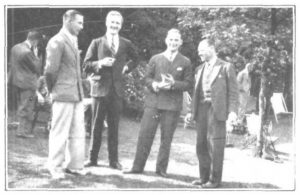
The Second World War caused further difficulties for holding reunions at York. We read in the July 1942 issue of “Bootham”:
““Whitsuntide, 1942 The question of holding the Annual O.Y.S.A. gatherings had been carefully considered in view of the request of the Government that we should avoid travelling as far as possible, and the air raid on York, aggravating the problem of accommodation, confirmed our decision to cancel the meetings. It was with the greatest regret that we so decided, for it is no light matter to break the long continuity of these reunions. “
A small gathering of those local to York was held that year instead.
“We greatly missed the sight of the field full of visitors, but there was some consolation in the thought that had they come they would have had a colder, windier and wetter Whit-Monday than most of us could remember ! Appropriately at lunch-time the following telegram came from one large group of Old Scholars overseas :— ” Sing up Bootham, Swing it Mount ! Keep the thing in tune. These ‘ere camels got no umps, They’ll be with you soon.” “
In the July 1943 issue of “Bootham” we read the following:
“The School and former Whitsuntide gatherings were in the thoughts of many Old Boys, who sent kindest remembrances to everyone. J. G. Appleyard (1930-35), Major, writes: ” Whit-Sunday. My thoughts are very much with you in York this weekend, and I know that all other Old Scholars in North Africa will be thinking of the same things at this very special time in the School year. Needless to say, one feels very ‘ homesick’ for the old place and for the Whit, gatherings, though I suppose that this year, as last, you will be having a much quieter time than the normal Whit. “
The July 1945 issue of “Bootham” has the following:
“Although V-E Day had come and gone, it was inevitable that Whitsuntide, 1945, should be of the wartime variety. It may come as something of a shock to realise that only a dozen present scholars were at school when the last Old Scholars’ gathering was held in 1941, and on that occasion the usual programme was very much modified. One boy only remains in the school who was present at a pre-War Whit., and he is not likely to be still at school at Whitsuntide, 1946. A whole generation has passed through the school who know not the ways and traditions of Whitsuntide, but they will come back at the first opportunity, in ’47 and ’48, if not in ’46, and the break in the long series of gatherings will not be allowed to make any break in the fellowship of all Old Scholars, whatever their years.”
It is clear from the reports of past reunions that they have meant a lot to Old Scholars over the years. Let us hope that it is not too much longer before Old Scholars can meet in person again at Bootham. In the words of G. P. Hugo (Bootham 1918-21), Flight-Lieutenant in the Royal Air Force in 1944,
“I hope, indeed, that the majority of Old Scholars will be able to renew old friendships at a not too distant date.”
